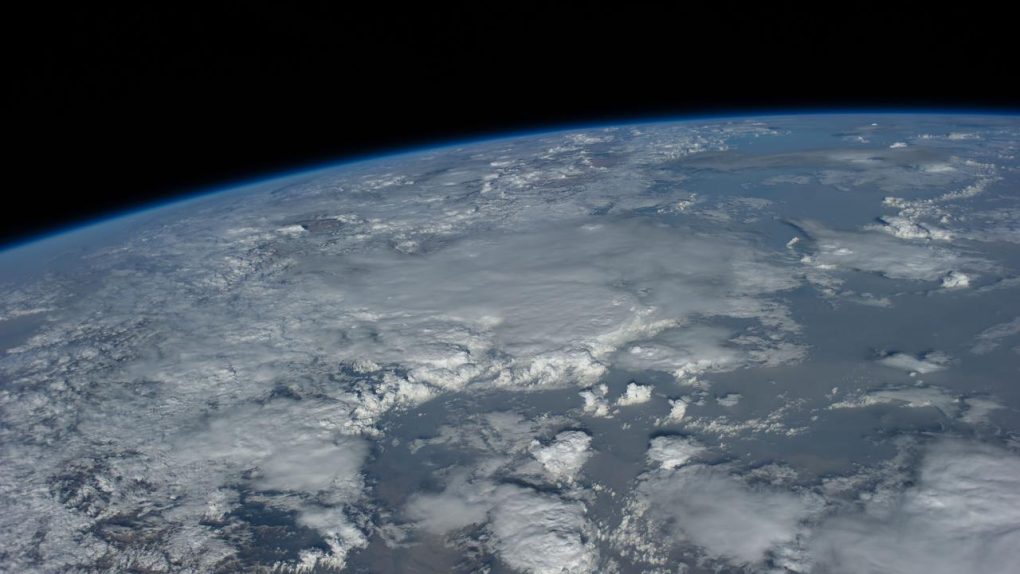In the world of astronomy, there would be no bigger accomplishment than finding life on a planet outside of Earth. We know there’s no intelligent life in our solar system outside of Earth. There’s still a chance we find some form of life on Mars or, better yet, beneath the icy crusts of moons like Enceladus or Europa, but if we want to find extraterrestrial life we might have to look to other star systems for it. That means attempting to glean information from observations made at an incredible distance, and as a new research paper published in AGU Advances points out, we might end up “finding” life that isn’t really there.
In the paper, the authors explain that current telescope technology may ultimately produce false positives when researchers are trying to find signs of life in other worlds. They say that while we may be able to detect the presence of oxygen in a planet’s atmosphere with greater and greater reliability, this isn’t enough to declare a planet habitable, much less determine if there’s life present there.
Telescopes capable of “characterizing planetary environments” would be absolutely critical for scientists hoping to prove life exists on another world. This means detecting other so-called “biosignatures” that hint at the presence of life in addition to the fact that a planet may have oxygen available.
“This is useful because it shows there are ways to get oxygen in the atmosphere without life, but there are other observations you can make to help distinguish these false positives from the real deal,” Joshua Krissansen-Totton, first author of the study, said in a statement. “For each scenario, we try to say what your telescope would need to be able to do to distinguish this from biological oxygen.”
The issue here isn’t so much that oxygen is a poor indicator of life. Indeed, oxygen is, as far as we know, required for life to exist on a planet, so finding it in a planet’s atmosphere would be a very big step toward determining habitability. However, we know that oxygen could exist on a planet without life, since the breakdown of water from radiation could also cause oxygen to built up in a planet’s atmosphere. At the same time, geological events can produce an abundance of carbon monoxide and hydrogen, and seeing all of these gasses together around a planet might make scientists jump to the conclusion that there is life there when in reality it’s nothing more than a wet, lifeless rock.
“If you run the model for Earth, with what we think was the initial inventory of volatiles, you reliably get the same outcome every time—without life you don’t get oxygen in the atmosphere,” Krissansen-Totton explains. “But we also found multiple scenarios where you can get oxygen without life.”








